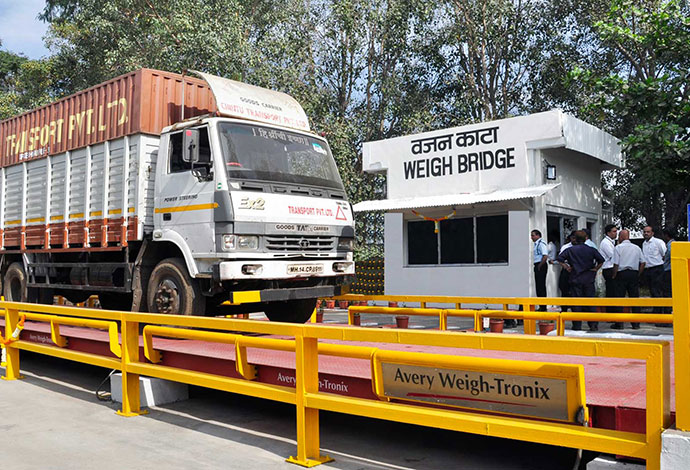Your Weighbridge is your cash cow
A low initial cost can lead to a higher total cost of ownership
Operational success is largely impacted by the accuracy and reliability of the weighing system which monitors both incoming raw materials as well as outgoing finished goods.
A weighbridge is a long-term investment. There are a variety of options in the market today, and for a normal buyer, the price of acquiring a system is generally the only differentiating factor. However, general experience confirms that while the initial price for these offerings may be attractive, the overall cost of ownership will definitely be higher. It is imperative that a buyer focuses on total cost of ownership as decisions made solely on price will almost certainly prove expensive in the long term.
Some key contributors to the cost of ownership include:
Accuracy: The most important factor when selecting a weighbridge is to check its accuracy. Accuracy can be misled by the count of the display indicator. However, accuracy of the weighbridge is measured mainly by the accuracy level of load sensing and not the display. This means the class of load cells are the most important factor to be checked when selecting a weighbridge. Losses due to accuracy will clearly lead to high cost of ownership and a much higher gap if the material being weighed is expensive.
For example, C6 class loadcells (6000 divisions) provide 10kg accuracy for a 60 ton weighbridge (60000/6000=10kg). The same weighbridge will sense with accuracy of 60kg if the load cell is of C1 class, and 20kg if the load cell is C3 class.

Downtime: Important parameters like call to fix ratio, first time fix and annual uptime depend on the product quality, service/ support structure and availability of spares. Increased price pressures, and ever reducing price expectations have resulted in lots of local assemblers mushrooming all over the country. These suppliers source the cheapest components available in the market. As a result there is always a question mark on the serviceability and availability of parts. Increased down time will clearly result in revenue loss.
Maintenance cost: If your supplier is an assembler then he may not have a repair facility. This can have a huge impact on the operational cost of the weighbridge.
Tamper proof: In this world of IT, it is important to ensure that any weighbridge chosen should be tamper proof. Secured data management or selection of digital load cells can help to overcome such issues.
Opportunity cost: Often overlooked, this aspect can have a significant impact on business (tangible) and brand value (intangible). Frequent breakdowns or long call to fix times can lead to high alternate costs or loss of valuable customers/ business due to non-availability of this important resource.
Level of automation: Automation ensures that the weighing process involves less man hours, and is faster, accurate, more reliable and free of any intentional or unintentional errors. This saves time & money which eventually lowers the cost of ownership.
The difference between low price and low cost is not always apparent. Unfortunately, the most critical differences are rarely evident until it’s too late. Ask your manufacturer about the raw materials used, product design, manufacturing process, component selection and service/ support offering.
Factors worth considering before finalising your weighbridge decision:
- Capacity, type and size
- Key components – load cell accuracy class
- Source and supplier responsibility
- Service and technical support
- Data management, level of automation and integration
- Future proof design
- Cost of ownership
- Choosing an established manufacturer with high integrity
Avery Weigh-Tronix is India’s leading weighbridge manufacturer. Speak to our experts to help choose the best weighbridge for your business. Contact us today.

 United States
United States  United Kingdom
United Kingdom  Canada
Canada  Canada (fr)
Canada (fr)  Malaysia
Malaysia  Ireland
Ireland